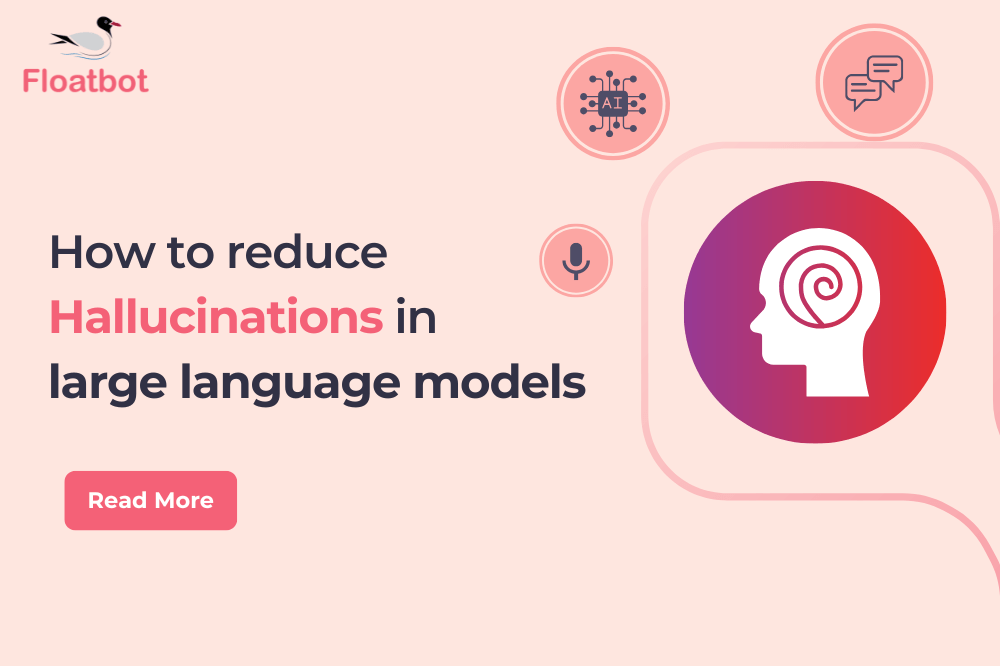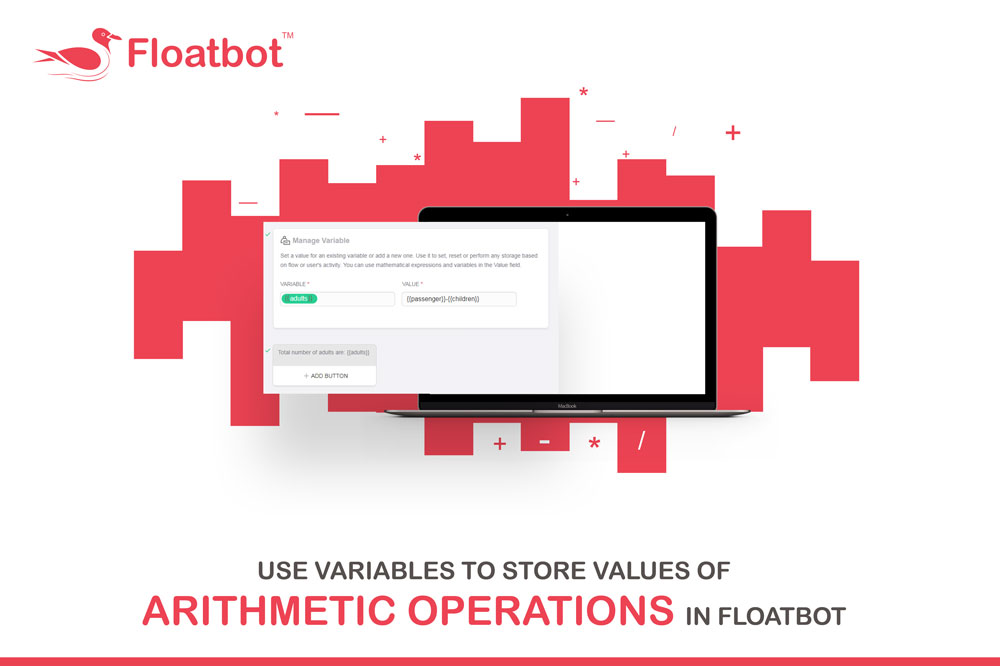How to Reduce Hallucinations in Large Language Models
Simple strategies to reduce hallucinations in LLM, ensuring more accurate and reliable responses
- Nov 07 2024

When people talk about “LLM Hallucinations”, they’re referring to instances when LLMs generate information that sounds believable but isn’t actually correct. You might have asked the LLM a question and received an answer that was entirely invented. Or it can also be factually off, disjointed or not aligned with the original prompt. This happens because LLMs don’t truly understand topics. They just predict what to say based on patterns in the text it was trained on.
When the LLM doesn’t have the exact information it needs or the question is unclear, it may try to fill in the blanks, creating responses that has nothing to do with the prompt given or simply wrong answers.
They are some effective ways to resolve or reduce hallucinations in LLMs. And that’s what we’re going to dive into today.
What is hallucination in LLM
LLM hallucination come from how these models actually work. When you’re using models like GPT or BERT, they aren’t really “understanding” what you’re asking in the way a human would. Instead, they’re trained to predict the next word in a sentence based on ton of text they’ve processed.
They rely on patterns & connections between words so they often generate answers that sound right, but they’re really just guessing based on the input you give them
When LLMs are used in business workflows, hallucinations can disrupt operations and lead to costly errors. Especially if they rely on precise data like legal documentation or customer service responses.
Before we explore how to reduce hallucinations in large language models, let’s look at the type of hallucinations in LLMs.
Types of LLM Hallucinations
Fact-Conflicting Hallucinations
These type of LLM hallucination happen when the AI generates information that contradict known facts. It could be anything from inventing data, providing false statistics or stating something that is simply not true. Which can occur at any stage during the models use & is typically caused by gap in training data or errors in prediction
Input-Conflicting Hallucinations
These occur when the output produced by the LLM doesnt align with what the user asked. This can happen in two ways:
- Task-Direction Conflict: When the model misinterprets the user's intent, causing the output to not match the user's request (e.g generating irrelevant information instead of following the prompt’s task, like summarization).
- Task-Material Conflict: When the output deviates from actual content provided by the user (e.g summarizing a document incorrectly or in way that distorts the meaning). Now this type of LLM hallucination is common in tasks like machine translation or text summarization.
How to reduce hallucinations in Large language models
These are the strategies that reduce LLM hallucination and works together to improve the reliability and accuracy of LLMs by enhancing their understanding & ability to generate coherent, factually accurate responses
Semantic and Full-Text Search
Using both semantic search (which understands the meaning behind words) and full text search (which matches exact text) helps make sure the information pulled by LLMs is accurate and relevant.
Semantic search looks at what the words actually mean while full text search make sure the information is directly related to your query. Together they improve the quality of the results you get.
Easy-to-Understand Prompts
Long, complicated prompts can confuse the model and lead to less accurate answers. To get better result, try breaking your question into smaller, easier parts, called prompt chaining/chain-of-thought prompting. Encourages the model to break down its reasoning into intermediate steps before arriving at final answer, which help reduce error & hallucinations.
For example, instead of asking a long question like, “Can you tell me about the history of the Eiffel Tower, why it was built, and what is inside it?” break it down into smaller parts. First ask about the history of the Eiffel tower, then ask why it was built, and finally ask about what is inside. Now you get more focused and accurate answers...
Put up Guardrails
Using guardrails or limits helps stop the model from adding wrong or unrelated information. By setting these boundary the model sticks only to what you’ve given it, making sure the response is accurate and focusing on what you need.
Fine-Tuning
Fine tuning the model with specific data helps it get better at tasks related to your field or topic. This makes the model more accurate and relevant, so the answers it gives are more useful and less likely to be wrong.
Backed up by citations
Asking for citations helps the model use information from trusted sources. This makes the answer more reliable. Besides this also enable you to check the details yourself, reducing the chances of getting incorrect information.
Retrieval-augmented generation (RAG)
RAG combines information retrieval methods with the generative capabilities of LLMs to produce more accurate & relevant outputs. This approach reduces hallucinations by grounding responses in factual information retrieved during the augmentation process. However, challenges persist, including the model's difficulty rejecting false information and synthesizing data effectively.
Zero-shot, Few-shot, One-shot techniques
These are prompt techniques that can alter how the LLM responds.
- One shot learning means the model only gets one example of something new and uses that to make predictions.
- Few shot learning gives the model a few examples of something new, and it learns from those to make predictions.
- Zero shot learning means the model doesn't get any examples of something new but uses what it already knows to make a guess based on similarities to things it has seen before.
Floatbot.AI
Reduce LLM hallucinations or eliminate them with Floatbot’s Agent M – LLM-powered Master agent developer framework. It can link custom data sources with LLMs & create multiple LLM-based Agents for natural language-based interaction with documents, data or applications.
Agent M, orchestrates between agents for making natural language-based API calls, connecting to your data & automating complex conversations. Agent M can verify the accuracy and consistency of the responses generated by correcting or rejecting AI hallucinations.





